Going by the numbers, there’s a mass shooting on average each day, every day, in America. And each time one happens, the story is the same. Why? No one knows why.
Following the worst mass shooting in US history in Las Vegas in 2017, the FBI, the media and experts simply couldn’t explain what had possessed Stephen Paddock to do what he did. He didn’t leave behind a suicide note, or a manifesto, so authorities and the public were left completely in the dark about WHY. If he didn’t tell them why then there was no way of knowing.
This is crazy thinking. Just as a single crime scene speaks encyclopedic volumes about a single criminal and his psychology [criminal and otherwise], each mass shooting is an enormous canvas open which the shooter screams his message to the world. So given the expressionism that is the mass shooting, it’s a tragic and unfathomable irony that the world seems to respond by going: “Why…?”
It’s not clear whether the heartache or deluge of information following these massacres addles the minds of pundits, experts, parents and friends. I suspect it’s a combination of this and something else, something more selfish, akin to self-preservation. Those connected to these killers don’t acknowledge what they know, instead what they do amounts to handwringing.
After the Las Vegas shooting I noticed the same thing happening again and again. Another slaughter, followed by nobody having a clue how or why this could happen. Some would say the perpetrator was bullied followed swiftly by others saying they’d been bullied. Invariably it was simultaneously no one’s fault and everyone’s fault. Finally the muddle would subside into a general sense of the shooter as a monster, invariably suffering from some undiagnosed mental illness, until going on to the next one. The next one was Nikolas Cruz.

The Parkland school massacre happened on Valentine’s Day 2018. By August of the same year, cops and lawyers still couldn’t say why it had happened.


Those close to him, schoolmates and such, claimed [either falsely or because of ignorance] there were no signs of aggression.

When the media couldn’t fathom a motive they switched to mental illness.

One wonders why Cruz’s girlfriend didn’t simply come forward and inform the authorities openly and candidly about what he’d told her.

In early 2018 I wrote SLAUGHTER, a 522-page book profiling the worst mass killers in America and the world [most of them happened in America]. Included in these profiles were Stephen Paddock, Nikolas Cruz and Adam Lanza [Sandy Hook]. It was really through Adam Lanza, who received a lot of psychological care and assessments, that I was able to unlock the deceptively simple dysfunctional psychology at work.
I still consider this to be my best research, and my greatest contribution to the true crime genre. It turns out that a basic profile fits every shooter.
I’ve used the expertise and insight gathered in SLAUGHTER to thin-slice the Connor Betts shooting. As more and more information comes to light, there’s more confirmation of the motive published on August 4th in this $0.99 22-page treatise.
I wanted to get this information out there ASAP to rubbish this notion in the media, by the cops, by experts, and by others, that we don’t know what the motive is, or that the motive is couched in mental illness [as his girlfriend recently claimed].
I also wanted to illustrate that we don’t need hundreds of files and affidavits to work with before we start speculating on why. More than six months after Nikolas Cruz released a hail of gunfire on Valentine’s Day, people still couldn’t say what his motive was. And yet it was clear from the beginning, the vital clue in the day he chose to execute his rampage – Valentine’s Day. The crime itself speaks volumes in that department – in terms of when, where, how it happened, how the perpetrator is dressed, and important, the victimology. In this case, his own sister.
Something else that needs to be addressed, which I’ve already alluded to above, is the degree of honesty of the parents and friends of these characters. Typically we’ll see family members and those closest to them hand-wringing, painting a portrait of their own ignorance or benign innocence. This is understandable; they feel exposed and vulnerable and guilty to be closely associated with someone who has done something so heinous. But to cover this up is to be an accessory – of sorts – after the fact.
For as long as those close to these killers keep their secrets, and hide who they truly were, we as a society will remain in denial about the motives behind these massacres. Isn’t it time for society and the individuals involved in these tragedies to get back to old-fashioned values – honesty above appearances?




More: A Week Later, Stephen Paddock’s Motive Still a Mystery. Really?
Bestselling True Crime Author provides motive for Las Vegas gunman Stephen Paddock [UPDATED]
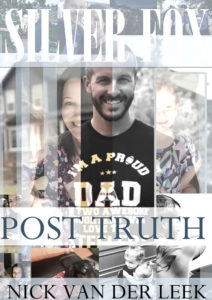
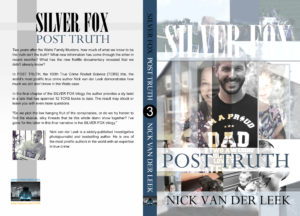



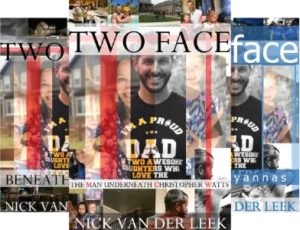

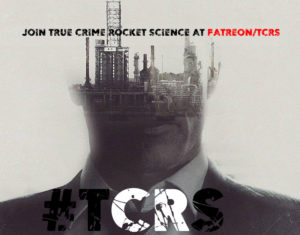

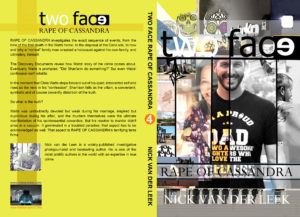
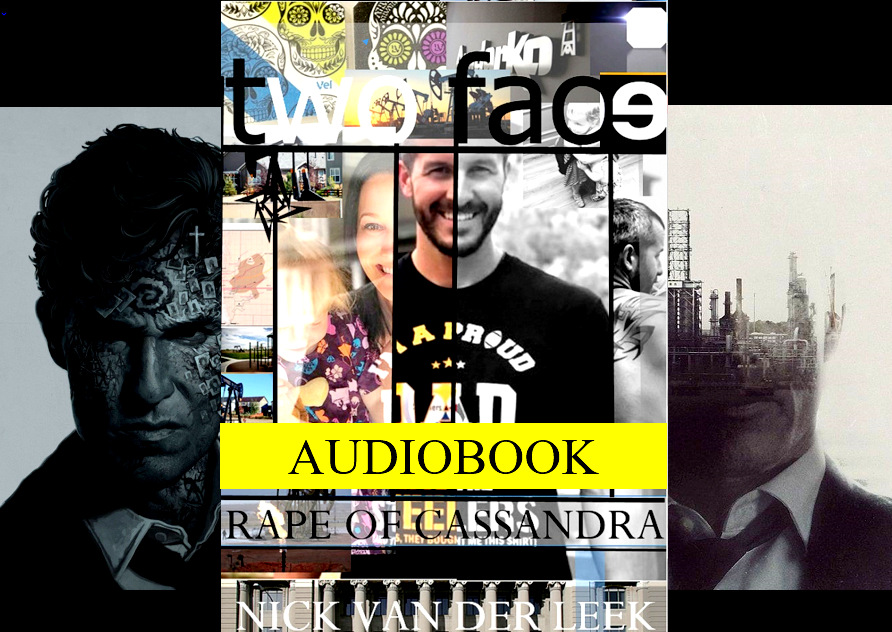
I really love this post. It really is true: “mental illness” is becoming another way of saying “monster”: a catch-all, non-informative, non-answer. First of all, there are so many mental illnesses that it isn’t even descriptive, and what I think they really mean is “he was just crazy, he was CRAZY, the doctors said so.” Which doesn’t apply to most mental illnesses-someone with depression we wouldn’t say “whoa they’re crazy.” Kind of like in law, unless you’re hallucinating and think the government is coming for you, you’re responsible. And mass shootings are not that so saying “he was OCD and bipolar” is a non-explanation.
The thing I do get with the hand-wringing though is that the simplified actual motives-rejection or feeling rejected, which we all have felt-when does that line become crossed? When does your whiny high school diary turn into actual mass murder and what makes you do that and not me, when I used to feel the same? No explanation feels like enough, as in proportionality, which I think is part of the “why’s”? But yeah that needs to change.
It’d be interesting for you to cover Brenda Spencer, the rare female mass shooter.
Thanks for bringing Brenda Spencer to my attention. She killed two, so this doesn’t qualify as a mass shooter. But let’s assume it does; what factors did she have in common with her male counterparts?
1. She identified as gay. [She saw herself – arguably – as male].
https://www.thesun.co.uk/wp-content/uploads/2019/04/NINTCHDBPICT000480927777.jpg?w=620
2. She lived at home with her father.
3. She probably wasn’t having much – or any – sex.
4. She seems to have railed against authority figures, based in large part around her sexual identity and sexual frustration.
5. Addiction and poverty compounded her problem. Substance abuse in this case instead of video games. She also claimed she was drunk and high when she committed the shooting. It doesn’t appear as if she was.
6. She was depressed and suicidal.
“Ultimately, she surrendered and left the house, reportedly after being promised a Burger King meal by negotiators.”
7. Poor impulse-control.
https://en.wikipedia.org/wiki/Cleveland_Elementary_School_shooting_(San_Diego)
https://www.thesun.co.uk/news/8797383/school-shooter-brenda-spencer-up-for-parole/